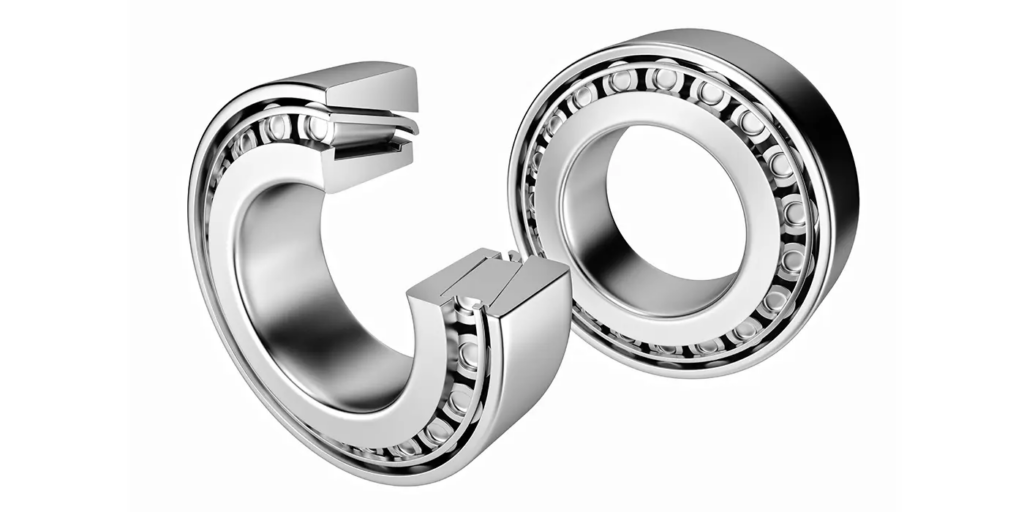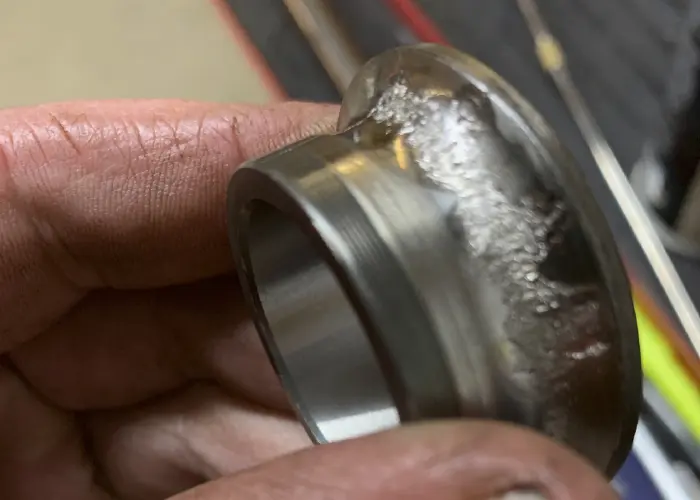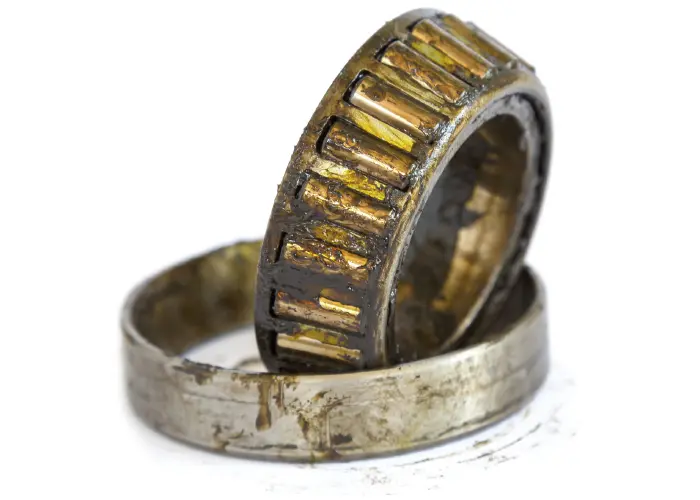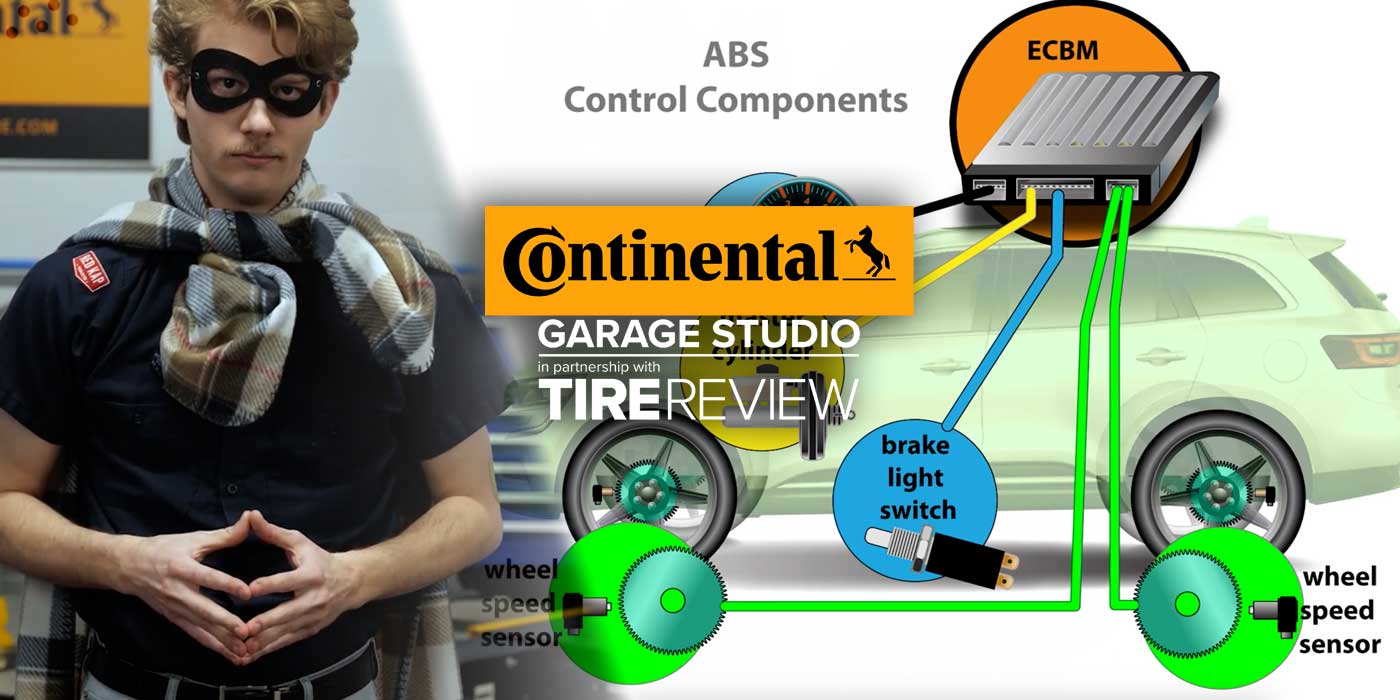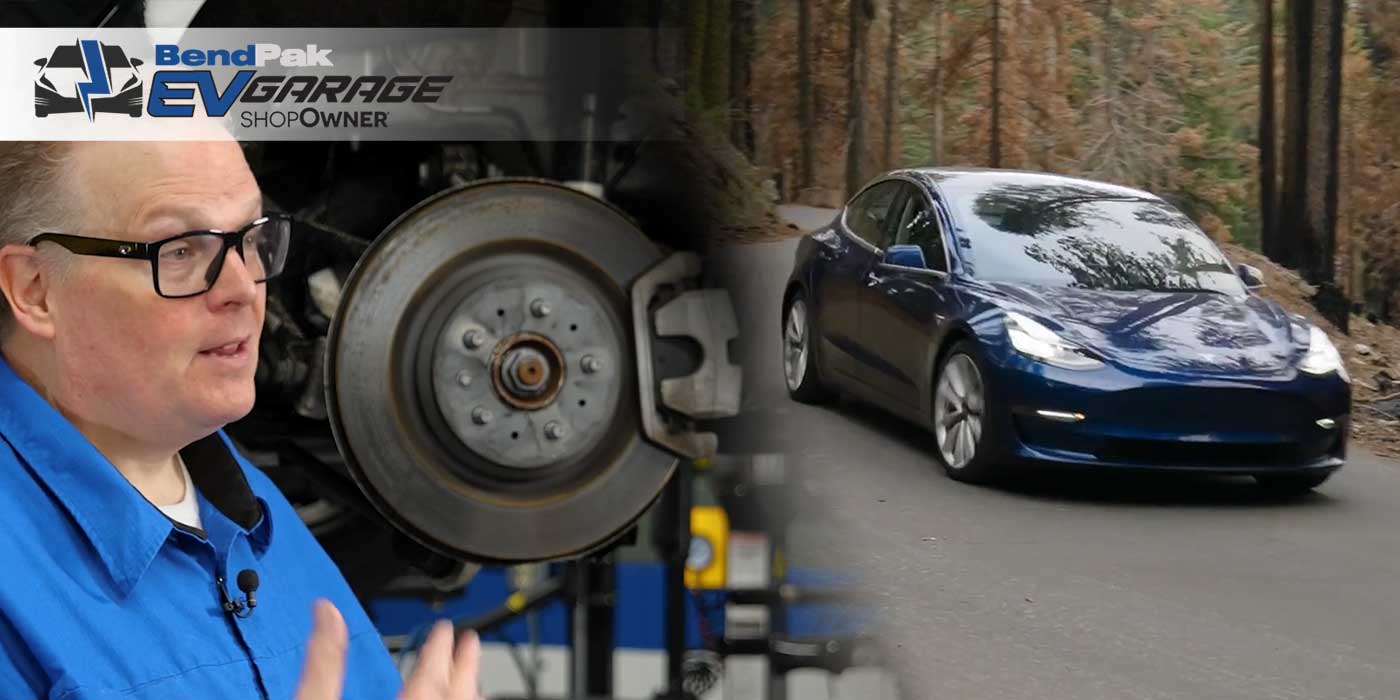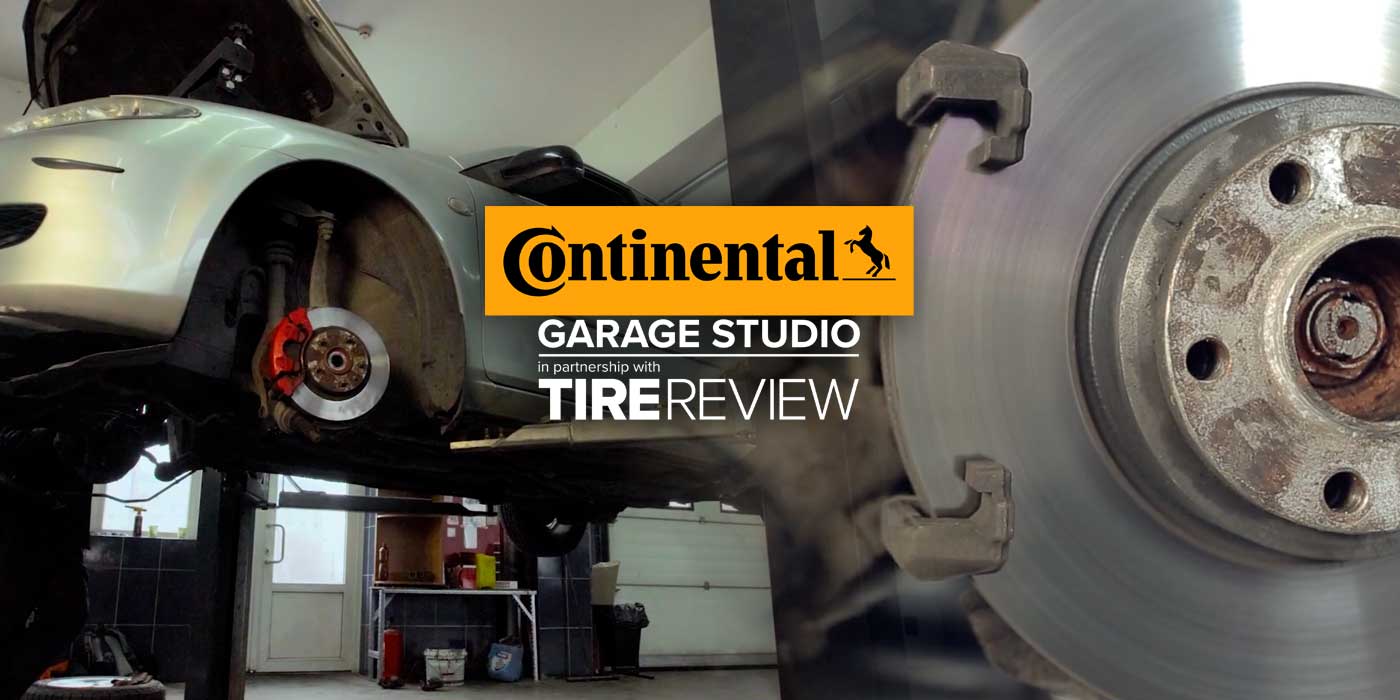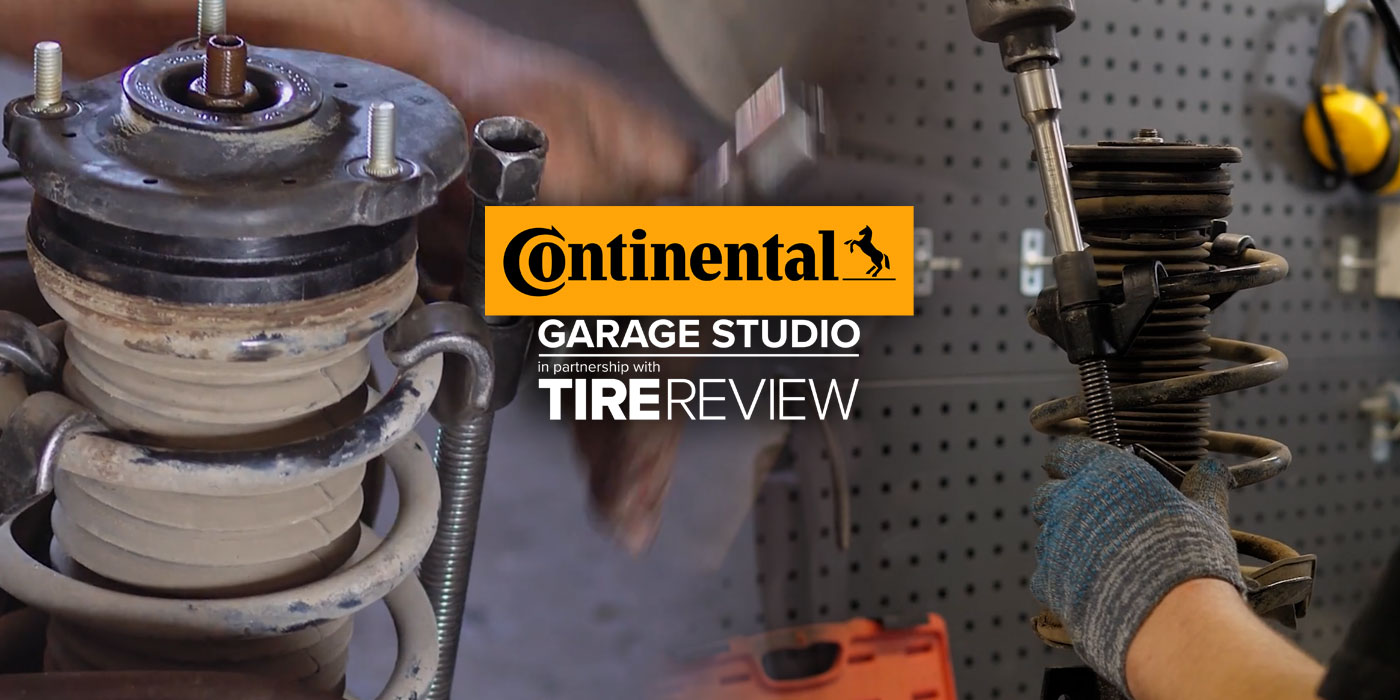You probably haven’t seen tapered wheel bearings in many late-model vehicles. It seems that nearly every vehicle made these days will run some sort of wheel hub assembly. There are a number of reasons for this, but the biggest reason is this: ease of assembly. Not assembly for those of us that work on these vehicles, but for the assembly line.
Assembly line efficiency is a big driving force behind new automotive trends and technology. The faster a new vehicle can go down the assembly line, the better it is for the OEM. Over time, we will see parts such as tapered bearings fade away in favor of newer-style components such as wheel hub assemblies. But, tapered bearings aren’t gone, they’ve simply found their next logical home.
Let’s take a look at tapered bearing construction, their strengths and weaknesses, which applications they’re best suited for, and what you should know when your shop is servicing them.
Construction
Tapered wheel bearings are made up of four parts – the inner ring, the tapered rollers, the cage,\ and the outer ring. The inner ring, tapered rollers and the cage are all combined during manufacturing into the bearing cone. The outer ring is also known as the cup or bearing race. The cup and the cone are mated parts – they wear together over time and must be replaced in pairs.
Strengths & Weaknesses
Every component is designed with a taper, the rollers, the inner ring, outer ring and the cage. They are designed for applications where high axial, radial and combined load capacities are needed. They can cope with high loads, thanks to the large contact area between the rollers and the rings. They’re not very costly to manufacture, but they’re more labor intensive to install.
The large contact area between the rollers and the rings does have one downside – it can generate more friction compared to a ball-bearing design. This has a small impact on rolling resistance and fuel economy.
Applications
Tapered wheel bearings may be found in any application which requires a bearing to handle higher loads. This includes certain pickup trucks, as well as commercial and heavy-duty vehicles. In these types of applications, the slight increase in rolling resistance and friction are far outweighed by the added load capacity offered by tapered bearing construction.
Inspection
Tapered wheel bearings hardly ever wear out on their own. Endplay and noise are usually indicators of inadequate lubrication, faulty installation or improper adjustment. For the repair to be successful, you must first determine why the previous bearing failed.
The grease can wear out. Grease is a precise combination of oil, thickeners and additives. Grease acts like a sponge to retain and release the oil. As a result of time and temperature conditions, the oil release properties can become depleted.
Burned or oxidized lubricant may leave a dark coating on bearing surfaces. If a bearing overheats, the hot lubricant breaks down and can cause scoring and even etching of the bearing surfaces.
Remember that with tapered roller bearings, excessive pre-load can mimic this same damage. If a bearing gets really hot, cages and seals could be deformed and lead to bearing lockup.
For tapered wheel bearing installation tips, read the full article from our sister publication, Shop Owner, here.

